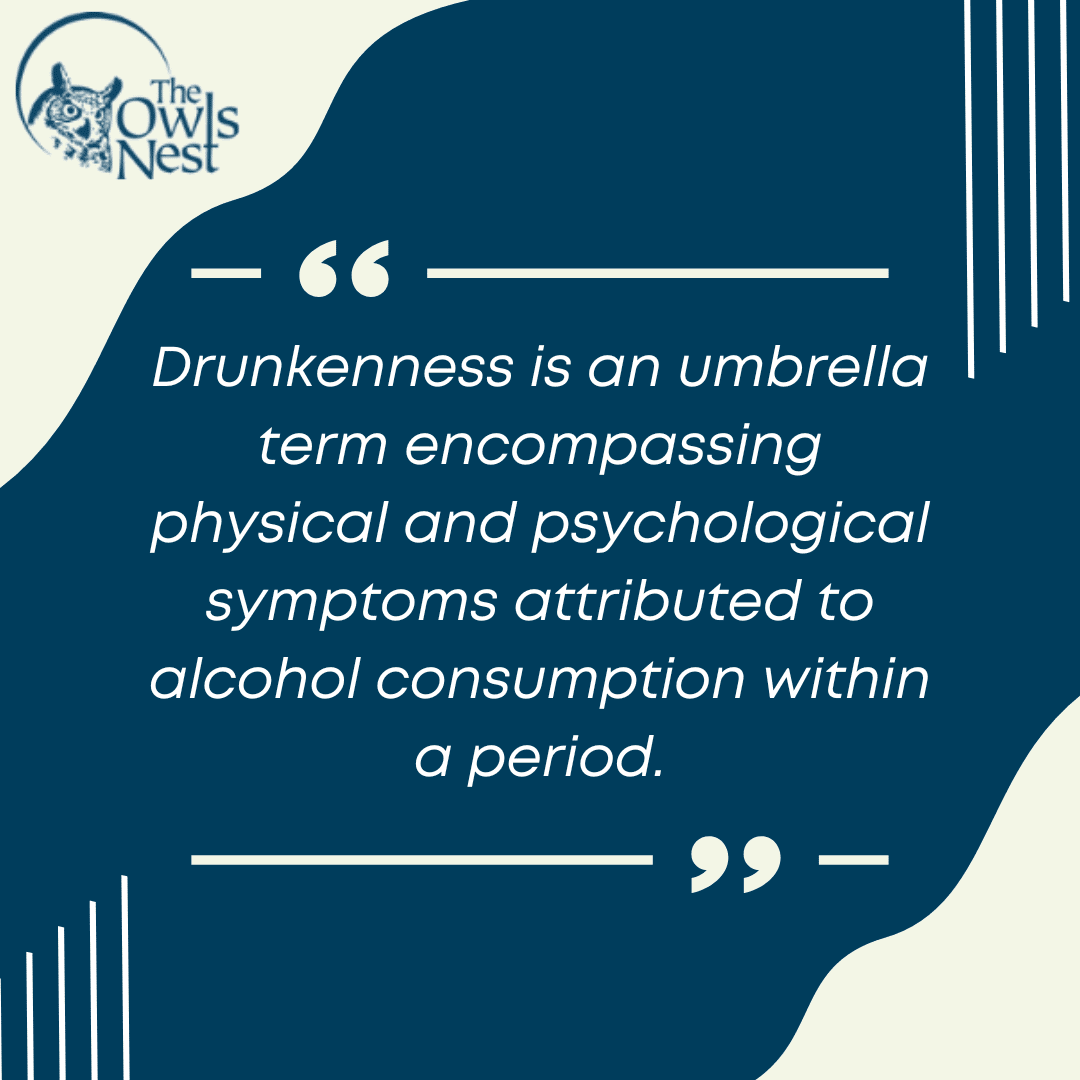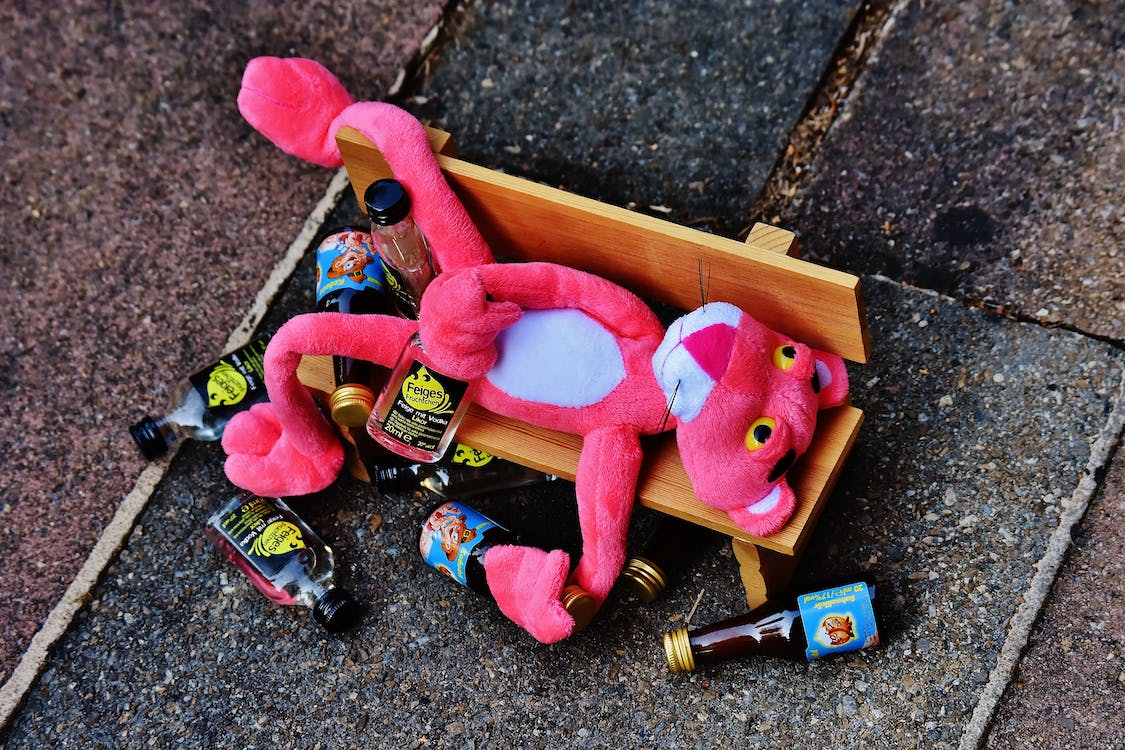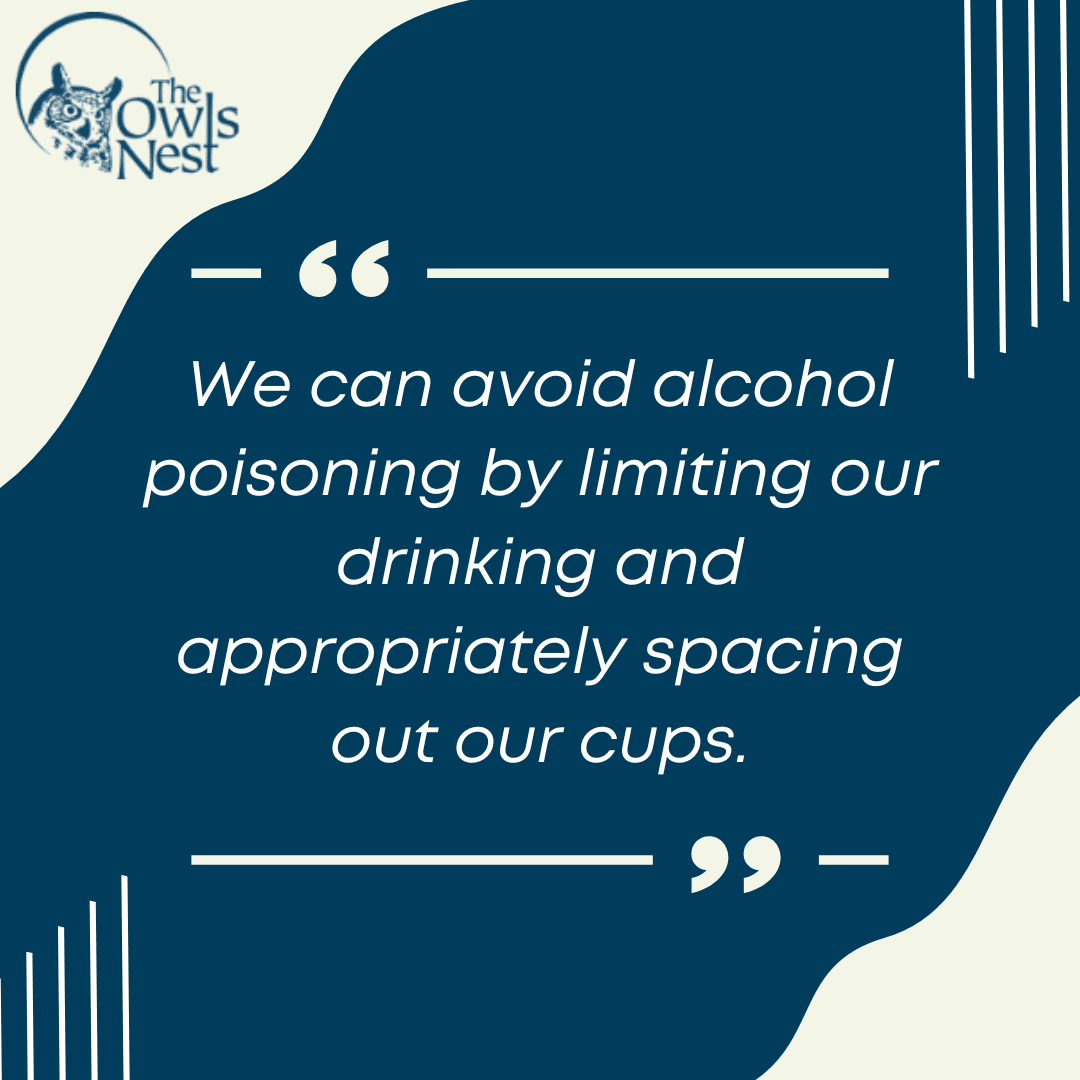Drunkenness is an umbrella term encompassing physical and psychological symptoms attributed to alcohol consumption within a period. When the speed at which alcohol is metabolized is faster than what the human body can consume, an individual develops drunkenness.
Most people are familiar with the sensation of being drunk. That lightheaded, giddy feeling when you’ve had a few too many drinks. But what exactly is happening to your body when you drink alcohol?
An individual’s reaction may vary depending on the amount they consume. When someone has consumed alcohol, they may exhibit physical and behavioral symptoms depending on several factors. Some indicators include genetics, body mass index, frequency of intoxication, overall health, and more. These are only a few factors that can impact how an individual is affected by alcohol.
There are six stages of alcohol intoxication, and specific symptoms characterize each stage. It’s essential to be aware of these stages, as they can help gauge how intoxicated you or someone else may be.

How Much Is Too Much Alcohol?
In terms of quantity, it doesn’t take much to begin experiencing the repercussions of intoxication. The bodies of men and women break down ethanol at about fifteen milligrams per hour. A standard person can metabolize about 1 alcoholic beverage per hour without being intoxicated, and so on.
What Are The Stages of Intoxication?
Sobriety
This stage is not generally calculated because there is no proof that there is enough alcohol in the bloodstream to have noticeable effects.
Stage 1: Euphoria
If someone has about 2 drinks in under an hour, they may be in this phase. People may describe them as mildly agitated or intoxicated, and they could become more pleasant and less focused. Their inhibitions decline, and they may become red. Their reactions and fine motor movements begin to slow down. They may have a BAC of around 0.03-0.12.

Stage 2: Excitement
Difficulties with motor functioning and coordination become significantly more prominent at this stage. The sense of taste can also be affected. People could begin behaving with less restraint, and judgment may be impaired. Alternatively, individuals may begin to feel excited or drowsy, have issues seeing clearly, or have minor memory lapses.
Stage 3: Confusion
When a person has consumed quite a few alcoholic drinks, the effects of the alcoholic stupor stage will become stronger. Individuals might have exaggerated euphoric episodes, and their equilibrium may be lacking. They struggle with walking and their speech slurs. This might be the stage during which they experience massive confusion or even blackouts.
Stage 4: Haze
A person at this stage has become unconscious. They can no longer stand or walk and are possibly vomiting. They may be at risk of choking on their own vomit. Swallowing everything, including their vomit, could result in death. Hence we must be sure to keep a close eye on them.
Stage 5: Coma
This stage requires emergency medical intervention. Completely unconscious, a person’s body temperature will fall, breathing will gradually become shallow, circulation will slow down, muscles will cease functioning, and their gag reflex will be gone. Needless to say, the individual’s life is in danger at this stage.
Stage 6: Death
Alcohol poisoning can result in death through a respiratory arrest, which can occur at a BAC of 0.45 or higher.

When drinking with a heavy hand, it is especially critical to refrain from overdoing it. We can avoid alcohol poisoning by limiting our drinking and appropriately spacing out our cups. Having alcohol on an empty stomach is also not recommended.
What Happens When You’re Intoxicated
Two key neurological areas happen when intoxicated: (1) We use poor judgment, and (2) our inhibition goes down. These events happen as a result of the lowering of the prefrontal cortex activity of the brain. They indicate that you’re more liable to take poor actions when drunk.
For some, it may be as innocuous as taking a message from a previous relationship. For others, though, the promise of getting behind the wheel is a matter of life and death. In conjunction with a decrease in motor functioning, coordination, and reaction speed, this consideration causes fatal accidents in a single day. Thirty Americans die every day due to alcohol-related traffic accidents.
Choking, seizures, dehydration, circulatory issues, and brain damage are among the health effects caused by alcohol poisoning. Alcohol abuse also causes thousands of fatalities each year.
Conclusion
One of the most common types of addiction is alcohol addiction. If it isn’t resolved, the addiction might cause damaged relationships, a poor career, and poor health.
With the help of the right people and mindset, people can overcome any addiction. For that reason, if any of your loved ones have this issue, explore our substance and alcohol abuse rehabilitation programs on our website https://owlsnestrecovery.com/.

Comments